This routine encourages learners to consider the different and diverse perspectives held by the various people who interact within a particular system.
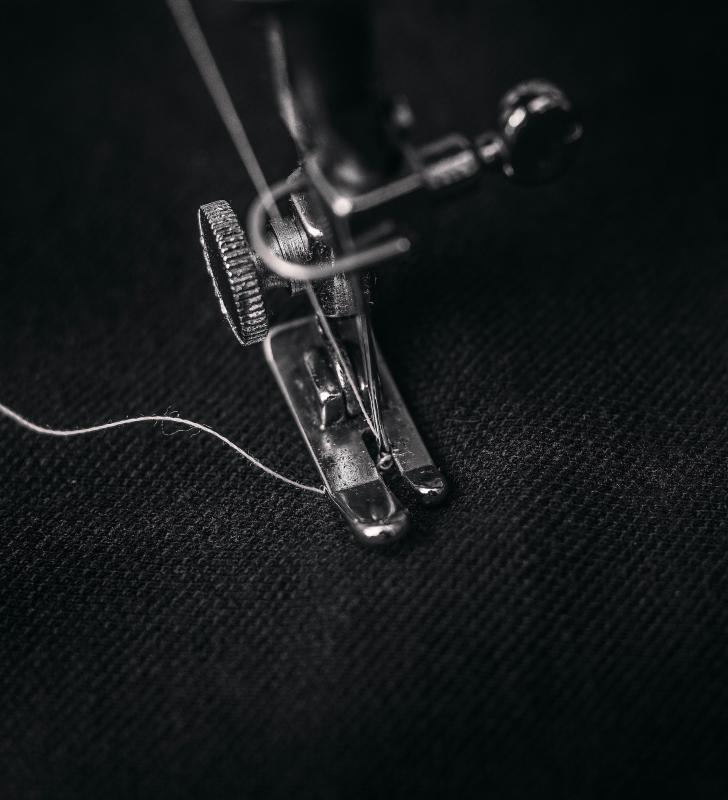
This routine encourages learners to consider the different and diverse perspectives held by the various people who interact within a particular system.


AbD researchers describe how their use of agency “vignettes” help them gain new understandings around the concept of agency.
這個思考模式鼓勵學生從多方面思考,為一件物品/系統思考各種新的可能性。然後再鼓勵學生把新想法融合起來,決定一個有效率的方法去完善,重新設計,和拆解物件/系統。最終,這個思考模式是用於尋找新的設計機會以及實施新的想法的。

这个思考模式鼓励学生能够慢下来,仔细观察其中一个系统。通过这样帮助学生更好地认识具体系统里无论是直接或间接相关的人物,学生也会注意到系统里任何一点变化,也许都会有意无意地影响到系统的其它方面。

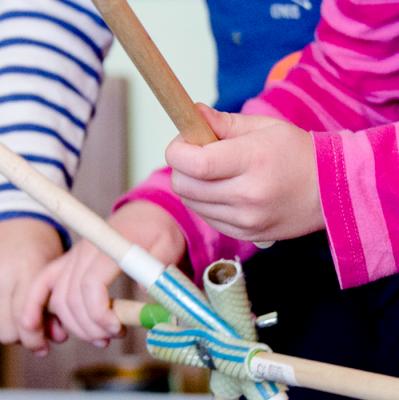
Agency by Design Principal Investigator Shari Tishman takes a dispositional approach to redefining “maker empowerment.”
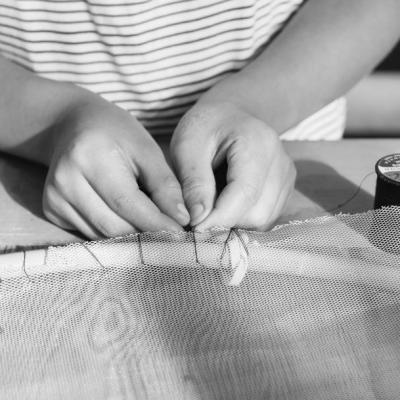
The AbD Making Moves are a set of observable or actionable “moves” that learners and educators can use to help design maker-centered learning experiences, and to support, observe, document, and assess maker-centered learning.
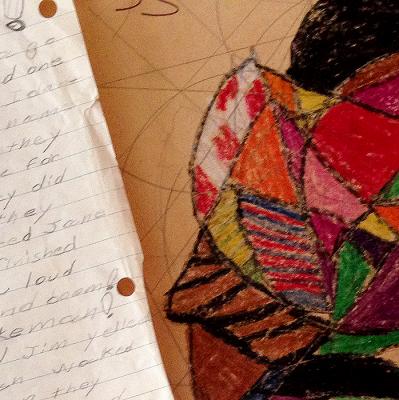
AbD researcher Jessica Ross elaborates on her role in the Open Portfolio Project by asking the question: What advice can we offer young makers as they document their making throughout their lifetimes?
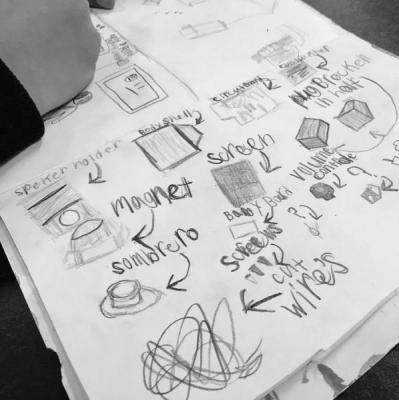
This practice allows learners to notice features of an object that they may not have the vocabulary to fully describe yet. By doing several sketches, learners have the chance to engage in perspective taking and to see details they might miss at first glance.